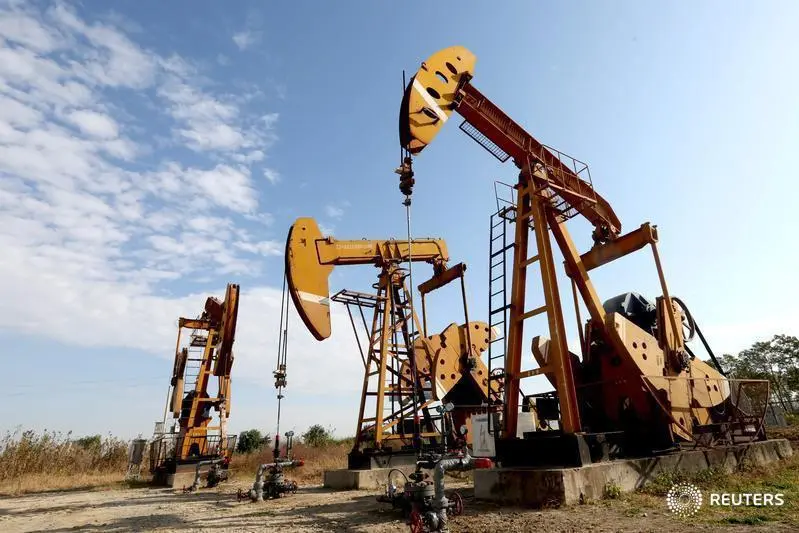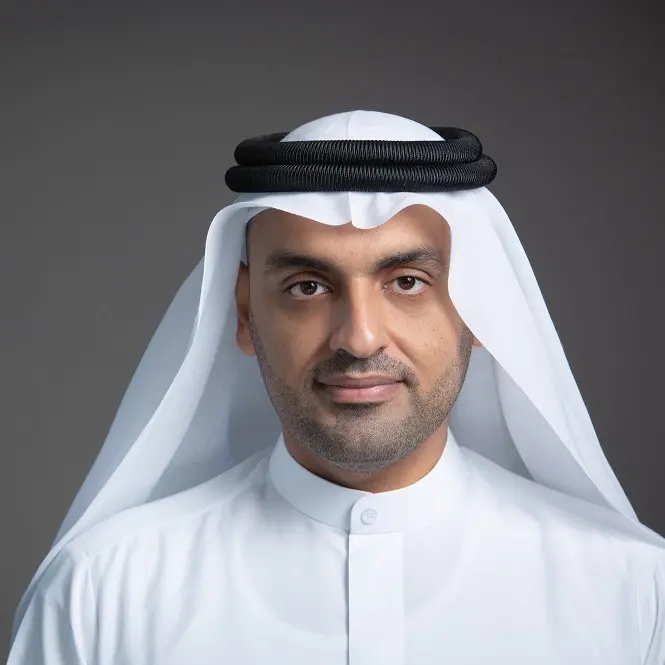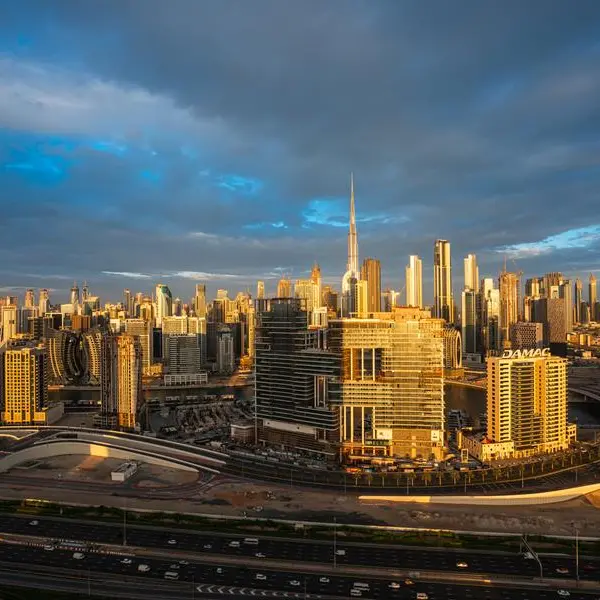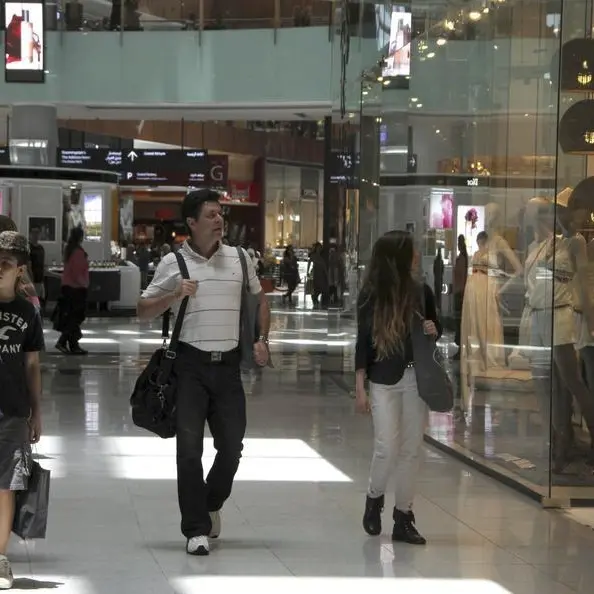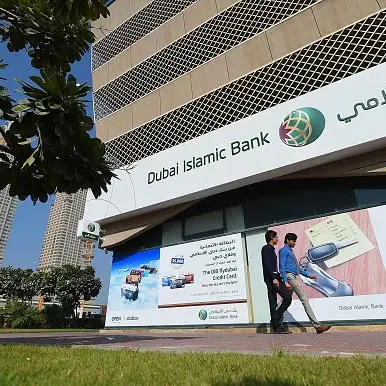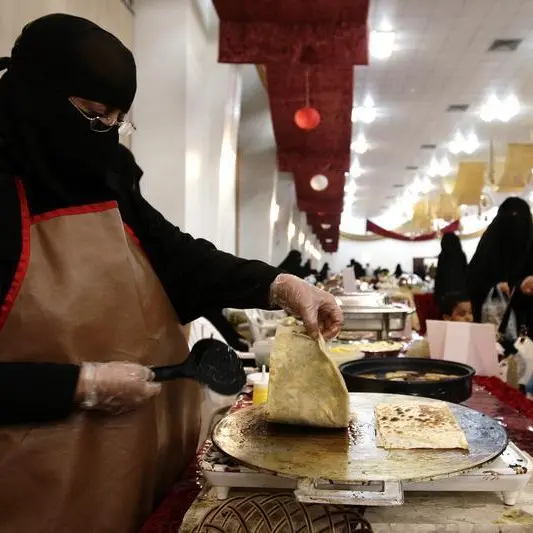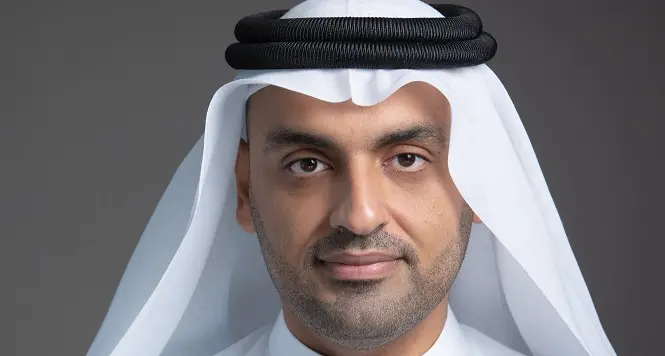PHOTO
LONDON - A surge in the price of crude in the run-up to President Donald Trump’s decision to jettison the Iranian nuclear accord, as well as an agreement by Russia and Opec to cap production, has been good news for the oil-producing nations of the Middle East.
In GCC countries, higher prices could lift gross domestic product, bolster government coffers and pave the way for budget surpluses or at least smaller deficits.
The recovery could also lead to additional public spending to stimulate consumption in countries that — up until now — have been reeling from austerity following the oil price collapse of 2014.
In truth, the outlook is less than clear. Oil price volatility could now become the new normal, said experts. “If you accept the fact that after Tuesday’s (Iran) decision, the oil market will stay volatile, then here we are ... price movement right now is pretty unpredictable,” said PVM Oil Associates strategist Tamas Varga,” cited on Thursday by CNBC.
And this from Adrian Del Maestro, oil and gas strategy director at PwC in an interview with Arab News: “Volatility, in all its ramifications, continues to impact the market. “This is another example of geopolitical factors increasingly supporting oil.”
But given the 18 percent rise in the price since January, won’t it be tempting to ratchet up central government expenditure, easing pressure on consumers who have been hit by higher taxes (VAT in particular), as well as subsidy cuts?
Monica Malik, chief economist at Abu Dhabi Commercial Bank (ADCB) said: “There’s still quite a weak domestic demand environment in the region, although higher crude tariffs are clearly positive for GCC oil exporters,” she told Arab News.
Malik reckons governments will take a cautious approach. “Producers will wait and see where the oil price goes from here, and will refrain from doing anything rash,” he said.
An ADCB update on the KSA economy published this week said in the first quarter of this year, government spending rose by 17.8 percent year- on-year, reflecting a marked shift to a more expansionary fiscal stance. “This follows three years of contraction in government spending, including by -0.4 percent in 2017. The first quarter rise was supported by the allowance package for nationals announced in January 2018 and, to a lesser degree, payments from the Citizens Account to support low and mid-income families.
The bank noted that the deficit widened by 31 percent year-on-year to SR34.3 billion ($9.1 billion). “This increase came despite a healthy rise in government revenue in the quarter (up 15.4 percent year on year).
Despite this, ADCB forecast a narrowing in the full-year fiscal deficit in 2018 to 7 percent of GDP. “We see government oil revenue rising in the remaining quarters of this year, especially with the increase in the price from March,” the bank said.
Jason Tuvey at Capital Economics added his voice to those who say Saudi Arabia is loosening the purse strings.
“Saudi first quarter figures showed the underlying fiscal stance was easing, despite the introduction of new taxes, with the latter more than offset by spending on public sector bonuses and the introduction of a new household allowance.”
A Capital Economics report said Riyadh’s oil revenues would be around 5-6 percent of GDP higher in 2018 than in 2017. “That, combined with higher non-oil revenues, should more than offset the rise in spending.”
It added: “We expect looser fiscal policy to start to support a pick-up in growth in the non-oil economy over the coming months.”
Longer-term, however, Capital Economics expects the oil price to drop back over the next couple of years, possibly to $55 per barrel
by 2019.
Downside risks include a ratcheting up of US shale output that would alleviate potentially tight supply; global energy demand may not hold up as well as expected, while higher energy costs could turn the screws on industry.
“If that happens, it could prompt a resumption of austerity, as KSA and others look to rebuild their balance sheets,” according to Capital Economics.
But it would be churlish to ignore the good news. Saudi Arabia’s current account is back in a surplus, and has been for a few quarters. “That shows they have made a good adjustment,” said Tuvey. The turnaround had come mainly as a result of reduced consumption (as higher taxes kicked in) which had a knock-on effect of cutting imports.
Countries such as Kuwait and the UAE have been riding the oil price slump quite well, according to World Bank data, and their budget and current account positions should show substantial surpluses. But worries persist about Bahrain and Oman, where public finances are stretched.
What about GCC stock markets? Turvey contends that GCC equities haven’t gone up as much as expected given the upward path of oil prices.
The Tadawul had drifted in the past few weeks.
That said, there is little evidence regional markets have been discounting for increased geopolitical risk, highlighted by clashes between Israel and Iran in Syria, and the potential for blow-back following the election of a Hezbollah-supported government in Lebanon.
Craig Erlam, senior market analyst at foreign currency broker Oanda in London, told Arab News: “It really does seem to be quite a time since investors took notice of heightened geopolitical risk. Whether it’s complacency or a belief that things will only escalate so far is hard to tell.”
Faster rate hikes from the US Federal Reserve are making a bigger impact on stock markets right now, said Erlam. In its May economic update on the region, the IMF noted that conflicts and geopolitical risks persist, and commitment to the implementation of key fiscal measures and structural reforms could weaken, considering the observed increase in oil prices.
The report added: “(But) the continued commitment to fiscal consolidation, although at a slower pace, could, in contrast, boost investor confidence and result in stronger growth.”
ADCB’s report said that if oil prices remain at the current level, there could be some additional increase in government spending (above its current forecasts).
“However, we believe that this could take time to implement, especially as it will likely be driven by capital expenditure.”
The report said any additional support may be more likely to come at the end of 2018 or in 2019.
Copyright: Arab News © 2018 All rights reserved. Provided by SyndiGate Media Inc. (Syndigate.info).
